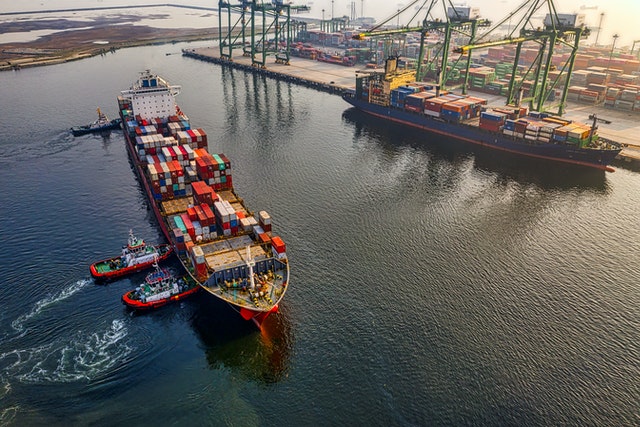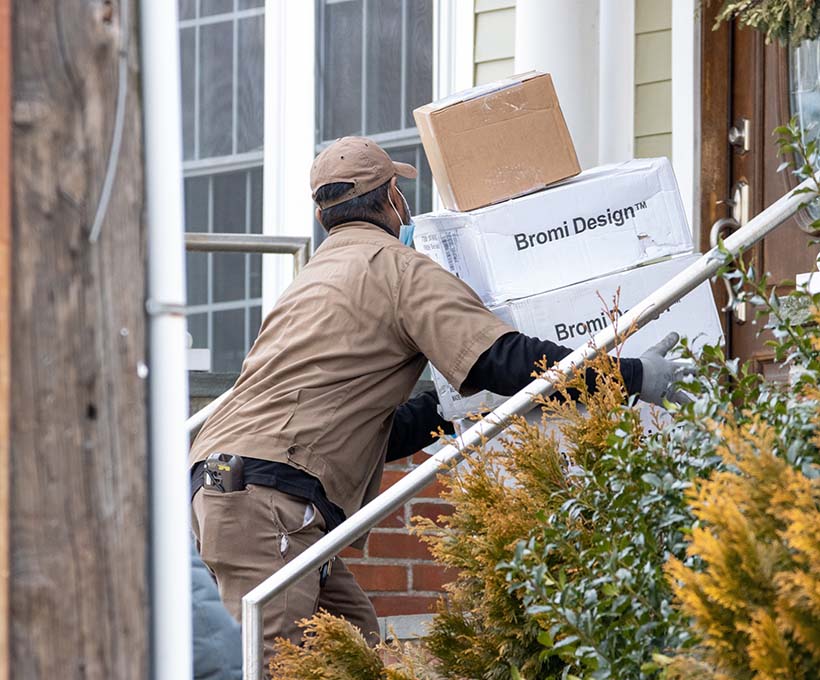One of the most common problems in the supply chain industry is the shipping damage. Every year, goods that worth trillions dollars are damaged. The damage does not differ by industry. It can happen under any circumstances, whether the product being transported is medical equipment, electronics, electrical appliances, furniture, or other materials.
Combining RFID tracking with impact monitoring creates a comprehensive system for detecting and diagnosing supply chain damage. With all the functions that both must provide, this device redefines inventory management. When the inventory passes the Shockwatch sensor station, its journey is tracked in real time using Shockwatch’s GPS solution to ensure that it remains undamaged.
If an item falls under Shockwatch’s threshold of shock or movement preset by the user during shipment, an alert will be sent immediately to business owners through mobile devices so they can quickly repair potential damages before further loss occurs. This entire process happens without any human involvement after products are set up on Shockwatch stations which makes it more cost effective than current solutions such as hiring extra staff members or purchasing expensive equipment.
The Importance of Shockwatch FRID
Major damage is usually obvious and can cause cracks, tears, or deformed boxes. But some damages, if not properly inspected, may be transferred from one place to another and become even worse. Sometimes it can take months for damage to show up, causing more problems and triggering need for warranty repairs. In fact, the manufacturer doesn’t cause the damage. Such mistakes increase the burden on manufacturers to repair or replace items, costing their time and other resources. If the problem continues to be ignored, it may cause irreparable damage the manufacturer’s brand reputation.
To understand better where damage occurs in the supply chain, many companies have implemented impact monitoring equipment. Impact monitoring equipment introduces end-to-end accountability and supervision into the supply chain.

What Can Shockwatch RFID Help
These devices usually work by recording potentially damaging effects and warning handlers of the potential damage through visual cues (such as color change indicators). This informs the next person in the chain that the damage to the goods should be assessed and allows them to quickly decide on an action plan. Impact monitors and indicators are similar to RFID readers in that they can also identify and track—except that the data they provide is specific to damage and is not necessarily integrated into the management system.
The Shockwatch RFID is a tracking system that goes beyond the current impact monitoring solution. Shockwatch provides an effective way to prevent significant damage from occurring at all, and therefore helps companies save time and money on costly repairs or replacements. Shockwatch also serves as a hands-free inventory management tool with real-time alerts when products are being shipped. Shockwatch can help supply chain professionals improve their processes, increase efficiency and reduce expenses.
What is Shockwatch RFID
Combining RFID tracking with impact monitoring creates a comprehensive system for detecting and diagnosing supply chain damage. With all the functions that both must provide, this device redefines inventory management. When the inventory passes the supply chain checkpoint, it is not simply identifying the inventory. The RFID tag equipped with impact monitoring will automatically find and distinguish which items need damage inspection and which can continue to be used. Shockwatch is the only inventory management system that combines these two functions. Shockwatch’s goal is to define a new standard for detection of supply chain damage and automate inspection process, saving time and cost in shipping damages verification. Shockwatch is currently the only inventory management system that combines RFID and impact monitoring into a single device. ShockWatch’s goal was to define a new standard for supply chain damage detection and automate inspection process, saving time and cost in shipping damages verification.

Conclusion
Although the visual cue of the collision monitoring indicator will alert the handler of damage after receiving the goods, the handler still needs to report the damage and let them control the data. Human error means that it may be reported incorrectly or not reported at all, making it difficult to spot potential trends and assign appropriate responsibilities. Every time the tag is read, the RFID reader will record a permanent and unchangeable record. This allows users to clearly understand when, where, and by whom the package was damaged. By linking this data directly to ERP or WMS, visual cues become less important. Thousands of tags can be read for tracking, and the gravity threshold deviation can be evaluated in a few seconds, eliminating the need for manual intervention and reducing labor costs.



